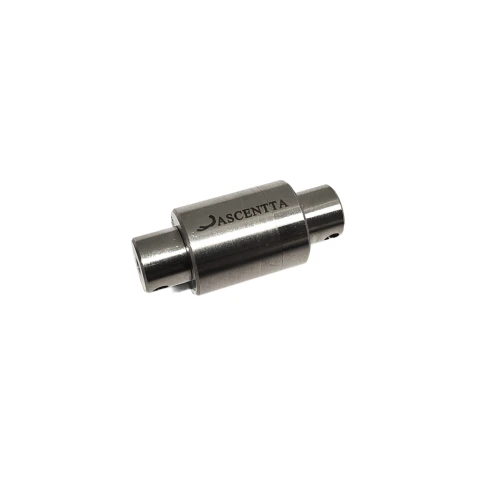Description
Ascentta, Inc. offers a diverse wavelength range of Free Space Isolators in the low IR, visible nanometer spectrum designed for reliable optical sensing applications.
Ascentta' s Free Space Isolators are engineered to provide excellent performance and precise light detection across different wavelengths, such as 405nm, 458nm, 532nm, 635nm, 780nm, 850nm, 980nm, 1030nm and 1060nm
Free Space Isolator Core also available.
Ascentta Polarization Dependent Free Space Isolator (980nm,1030nm, 1060nm)
Specifications
| Wavelength: | 1030 nm |
|---|---|
| Bandwidth: | Not Specified |
| Power: | 5 W |
| Isolation Range: | 25 – 30 dB |
| Transmission: | Not Specified |
| Insertion Loss (Max): | 0.5 dB |
| Extinction Ratio (Min): | 28 dB |
Features
- Wide range of Free Space Isolators for optical sensing applications
- Precise light detection and high-performance characteristics
- Customizable wavelengths starting from 405nm and virtually anywhere in between and up to 1060nm
- For telecom wavelengths, see Ascentta' s garnet type Free Space Isolators for 1310nm, 1550nm 1675nm. Customizable wavelengths available.
Applications
- Optical sensing systems
- Fiber optics communication
- Laser systems
- Research and development
- Test and measurement
Frequently Asked Questions
What type of device is this?
This is an Optical (TGG Type) Isolator: Free-Space, Polarization-Dependent. It is designed for wavelength 1030nm.
What is the typical and minimum isolation at 23°C for each wavelength?
The typical isolation ranges from 26 dB (for 532, 635, 650 nm) to 30 dB (for 980, 1030, 1060 nm), and the minimum isolation ranges from 23 dB (for 532, 635, 650 nm) to 25 dB (for 980, 1030, 1060 nm).
What is the maximum insertion loss at 23°C for each wavelength?
The maximum insertion loss is 0.6 dB for 532, 635, 650 nm and 0.5 dB for 780, 850, 980, 1030, 1060 nm.
What is the minimum extinction ratio for each wavelength?
The minimum extinction ratio for all wavelengths is 28 dB.
What are the dimensions of the package for each wavelength?
The package dimensions are Ф19xL53mm for 1030nm. Package dimensions for shorter wavelengths are smaller, e.g. OD16xL27mm for the 532nm TGG Free Space Isolator.
What are the operating and storage temperatures?
The operating temperature is from 10 to 50°C and the storage temperature is from 0 to 60°C.
What are the guidelines for ordering a custom configuration?
Contact Ascentta with your custom configuration needs. Include center wavelength, Isolation and Insertion Loss requirements for bandwidth, optical power needed and if light source is pulsed, include average, peak, and time duration. Specify package requirements such as OD, L, W, H.
Similar Products
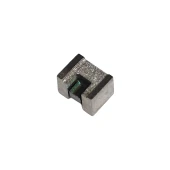
Ascentta Polarization Dependent Free Space Isolator (1310nm,1480nm, 1550nm, 1590nm)
Ascentta
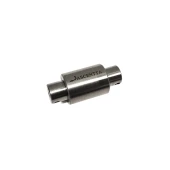
Ascentta Free Space Faraday Rotator Core (532nm, 633nm, 785nm, 850nm)
Ascentta
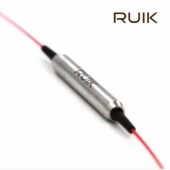
High Power Multi-Mode / PM Pump Laser Protector
Ruik-tech Communication (Dongguan) Co.,LTD.
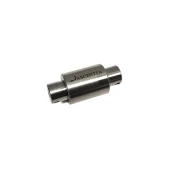
Polarization Dependent Free Space Isolator (635nm, or 532nm, 650nm, 780nm, 850nm)
Ascentta

Free Space Isolator For CWDM
DK Photonics
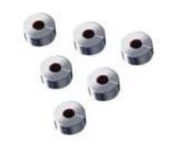
Free Space Isolator
DK Photonics
Thank You!
Your inquiry has been received.
Create an account by adding a password
Why create an account?
- Auto-complete inquiry forms
- View and manage all your past messages
- Save products to your favorites
- Close your account anytime — no hassle
